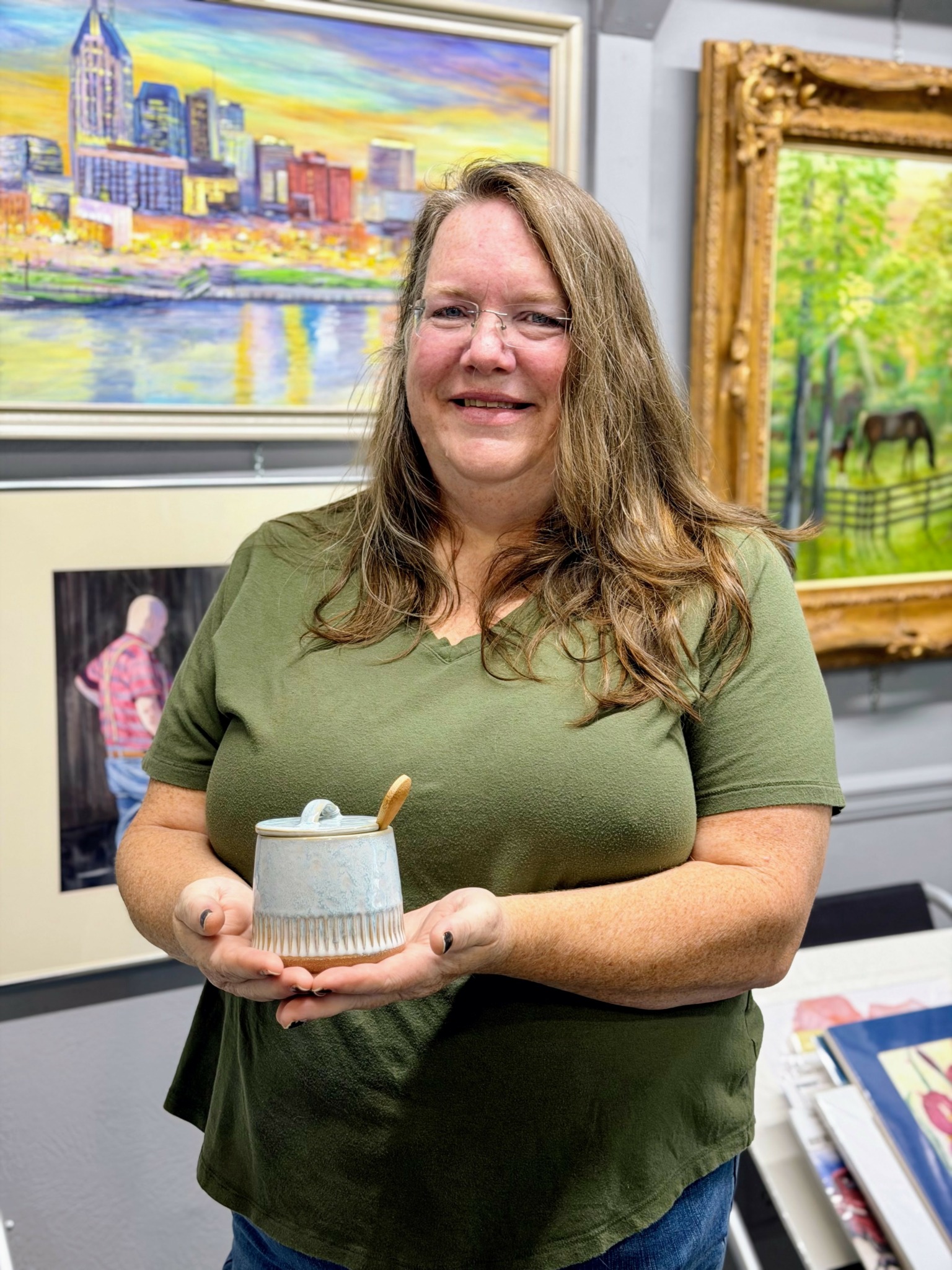Alright – so today we’ve got the honor of introducing you to Carol White. We think you’ll enjoy our conversation, we’ve shared it below.
Hi Carol, thanks for joining us today. Can you open up about a risk you’ve taken – what it was like taking that risk, why you took the risk and how it turned out?
For me, just calling myself an artist felt like a risk. I don’t have a fine arts degree. I didn’t go to art school. I’m mostly self-taught—learning through trial and error, late nights, and a deep love for creating.
Joining Art in the Village was a big leap. It’s a cooperative gallery, which means every artist has skin in the game. We all pitch in, and we all show up—for each other, and for the community. When I was invited to join, I had that little voice in the back of my head saying, “Are you really good enough?” But something in me knew I had to say yes anyway.
Hanging my work on those gallery walls for the first time was equal parts exhilarating and terrifying. I’d never seen my art displayed in a professional setting, let alone offered for sale. I kept thinking—What if no one gets it? What if no one buys anything? But then someone came in, connected with a piece, and took it home. And then it happened again.
That moment cracked something open in me. It taught me that you don’t need a fancy degree or a perfect résumé to create meaningful work. You just need to be brave enough to share it.
Taking the risk to step into that space—physically and emotionally—changed everything. It gave me confidence, community, and a sense of belonging I didn’t know I was missing. Now, I can honestly say: I’m an artist. And I believe that’s something you become not by checking off boxes, but by choosing to show up anyway.
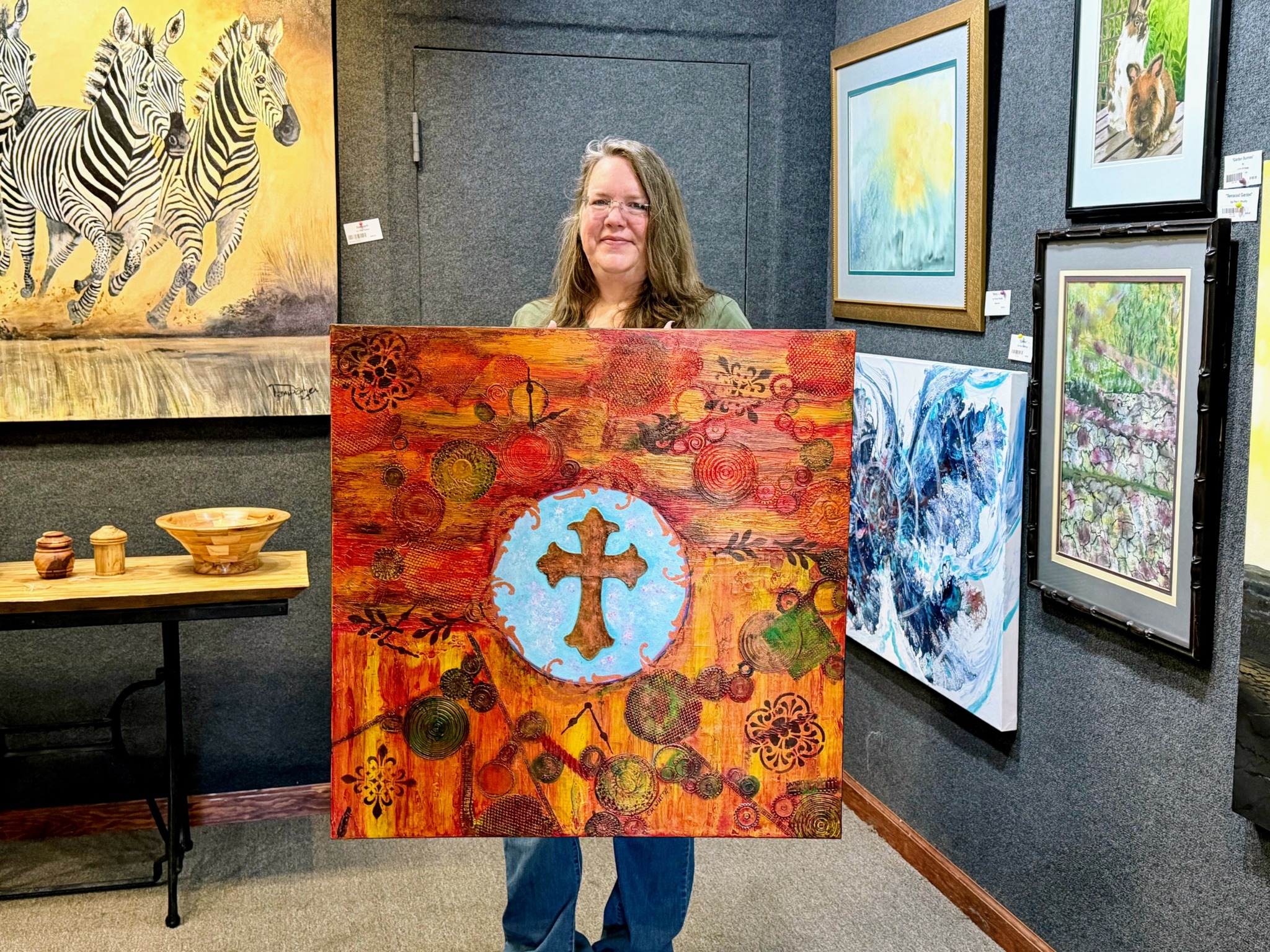
Great, appreciate you sharing that with us. Before we ask you to share more of your insights, can you take a moment to introduce yourself and how you got to where you are today to our readers.
I didn’t set out to be a professional artist. In fact, I stumbled into it—almost literally. One afternoon after lunch, I wandered into a little gallery tucked inside Casey Jones Village. I didn’t know what to expect, but the moment I walked in, I felt something click. One of the artists happened to be there that day. We struck up a conversation, and she asked to see some of my work. That encouragement, that moment of connection—it was the beginning of something completely unexpected and incredibly fulfilling.
Today, I’m proud to be part of Art in the Village, a cooperative gallery run by local artists who care deeply about making art feel approachable, meaningful, and connected to the community. The gallery showcases a wide range of work—from pottery and paintings to jewelry and finely crafted wood pieces. Every artist brings something unique, and together we’ve created a space that invites curiosity, conversation, and discovery.
I focus on pottery and textured acrylic paintings, often blending layers, colors, and tactile surfaces to create pieces that invite touch as much as they invite reflection. My inspiration comes from natural elements—earthy textures, organic forms, the way light plays on water or moves through trees. I’m drawn to the colors and patterns that show up in the world when you slow down and really look.
What I hope people feel when they encounter my work is a sense of grounding. A moment of stillness. A reminder that beauty can be simple, and art doesn’t have to be complicated or exclusive—it can just be true.
Even though Art in the Village has been part of Jackson’s creative scene for over a decade, many locals still haven’t discovered us. That’s something we’re working to change—by showing up, inviting people in, and reminding them that original art doesn’t have to be intimidating or out of reach. It can be personal. It can be joyful. And it can start with a simple visit after lunch.
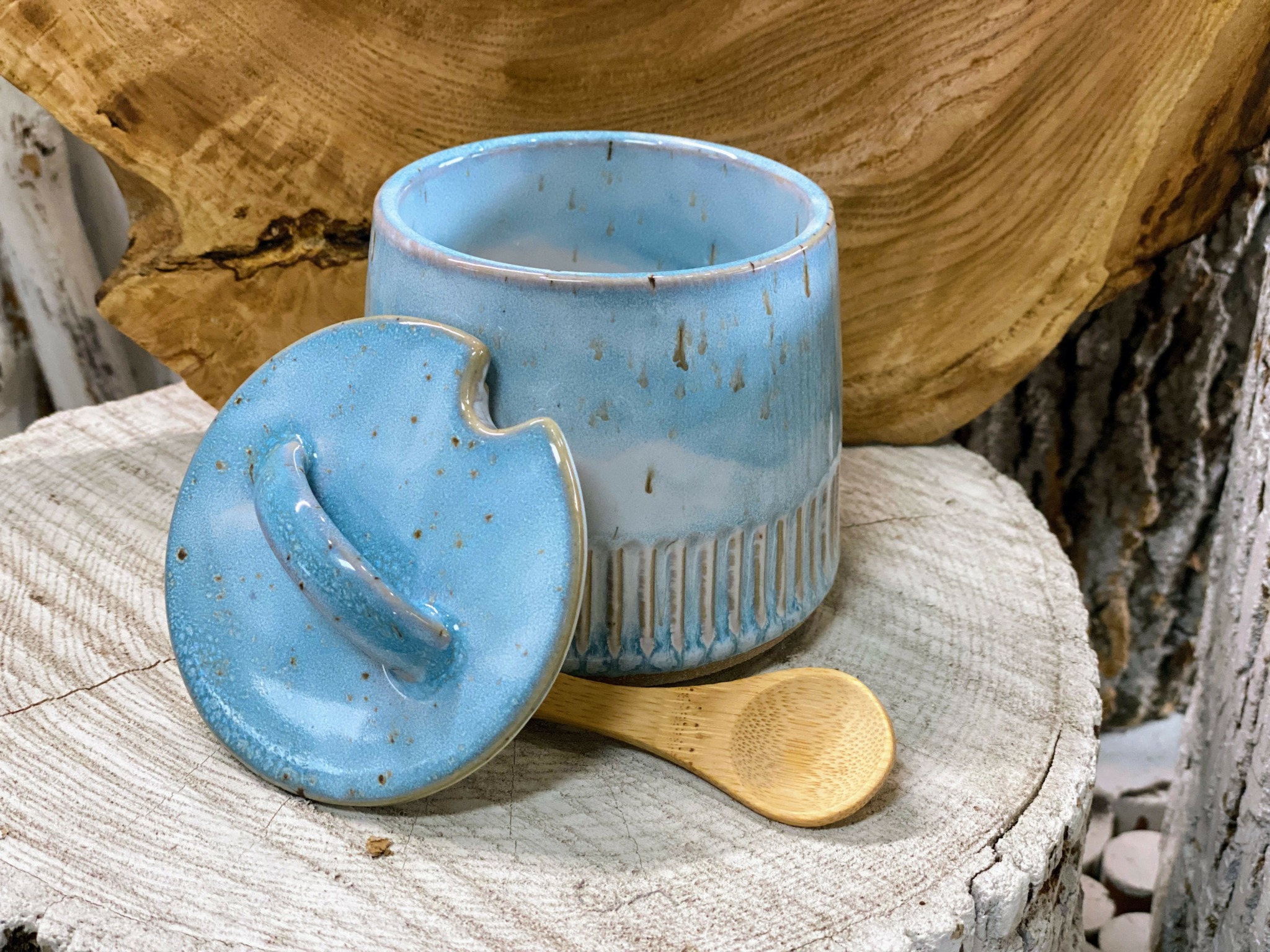
How can we best help foster a strong, supportive environment for artists and creatives?
Being an artist is a career. It’s real work—often quiet, unseen, and deeply personal. And like any career, it needs support to survive.
Artists pour their time, skill, and soul into what they create. But without community backing—without people choosing to buy local, to value handmade over mass-produced—it’s incredibly hard to sustain. We don’t need applause. We need patrons. We need people to choose art as part of everyday life, not just as something you glance at on a gallery wall.
When you support a local artist, you’re not just buying a product. You’re helping someone keep doing what they were meant to do. You’re helping creativity thrive in your own town. And you’re making space for stories, beauty, and meaning to live in your home.
We don’t need art to match the couch. We need art that moves us. That reminds us we’re human. That’s what artists are here for—and that’s worth investing in.
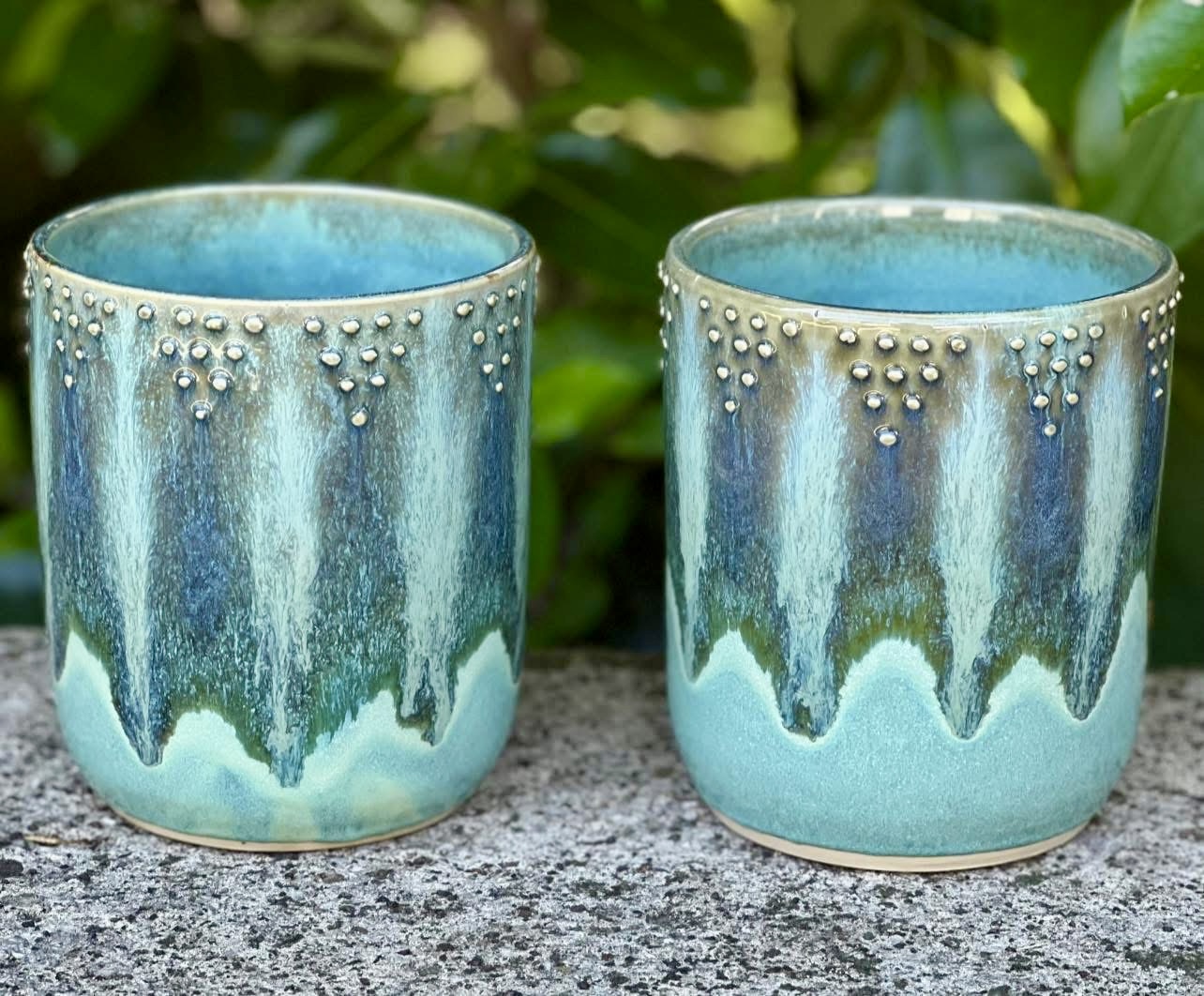
What’s the most rewarding aspect of being a creative in your experience?
For me, it’s the moment when something I created with my own hands speaks to someone else—someone I’ve never met—and they decide it belongs in their life.
There’s something deeply humbling and moving about that. To know that a stranger connected with your work enough to bring it into their home… that never gets old. It means the piece carries meaning beyond just color or form—it carries emotion, story, maybe even healing.
That connection—quiet and unspoken—is the most rewarding part of being an artist. It reminds me that what we make matters.
Contact Info:
- Website: https://artistsinthevillage.org/
- Instagram: @artinthevillage
- Facebook: https://www.facebook.com/ArtInTheVillageCaseyJones/
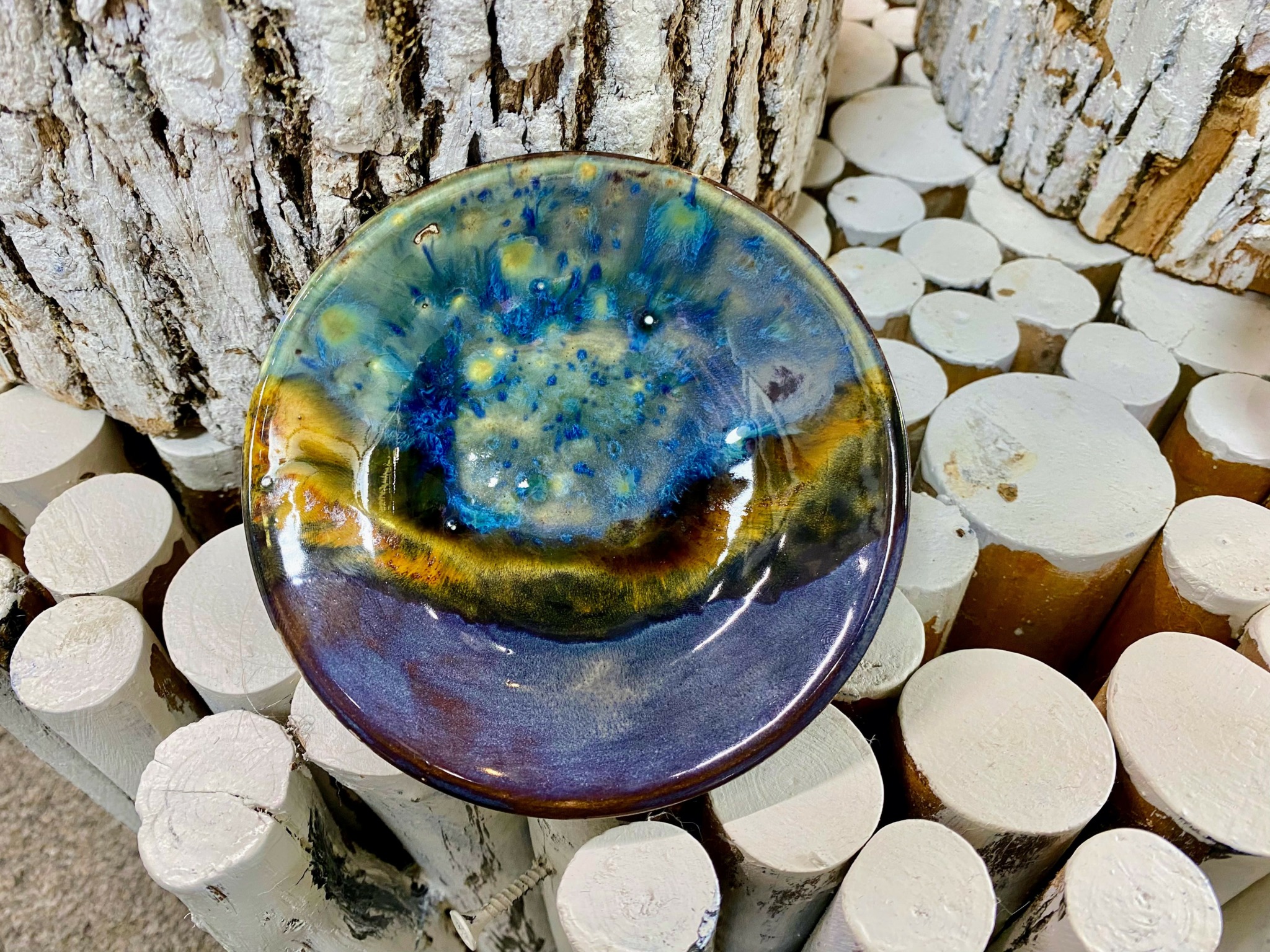
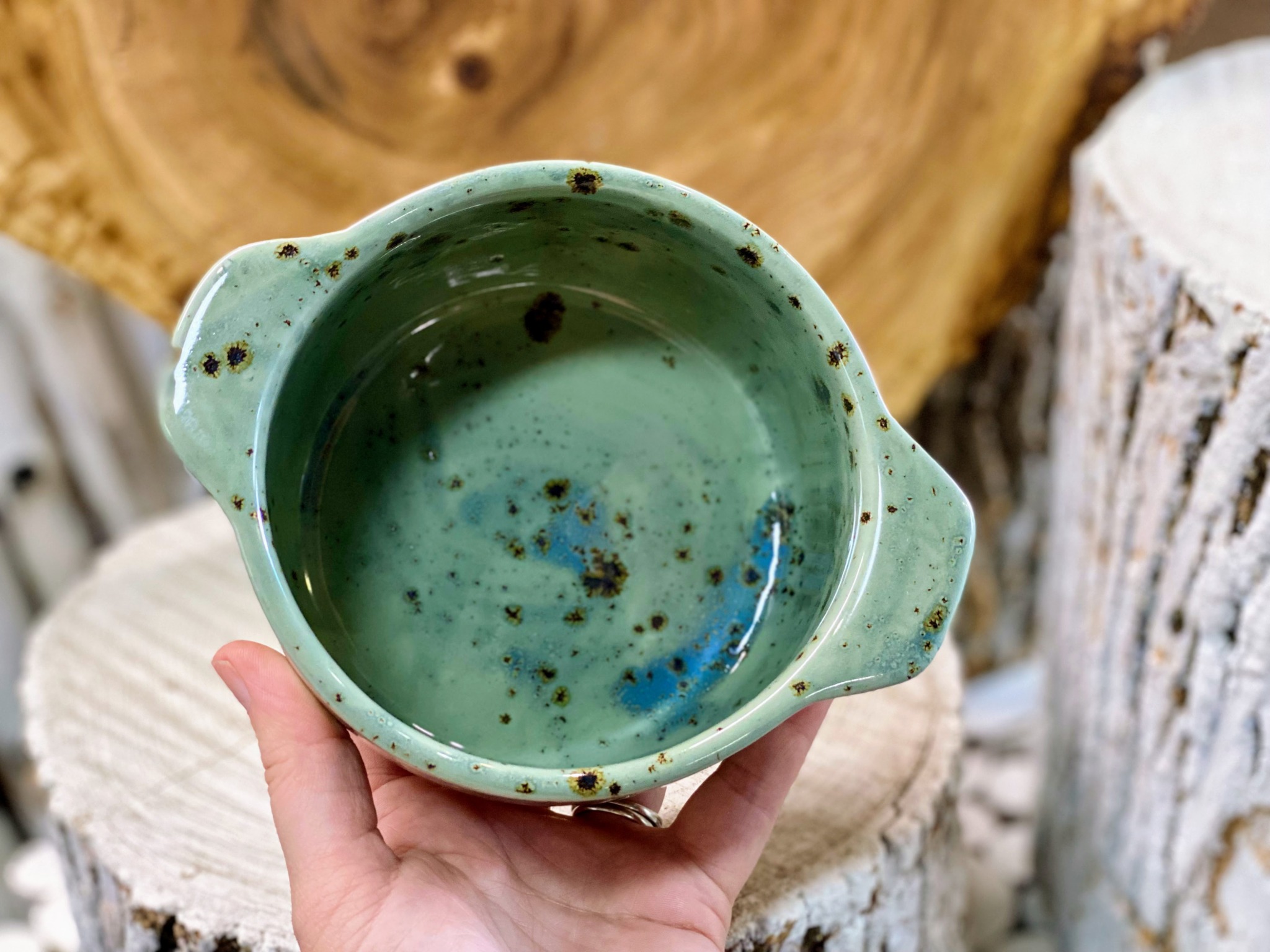
Image Credits
Carol White and Anna Holmes


